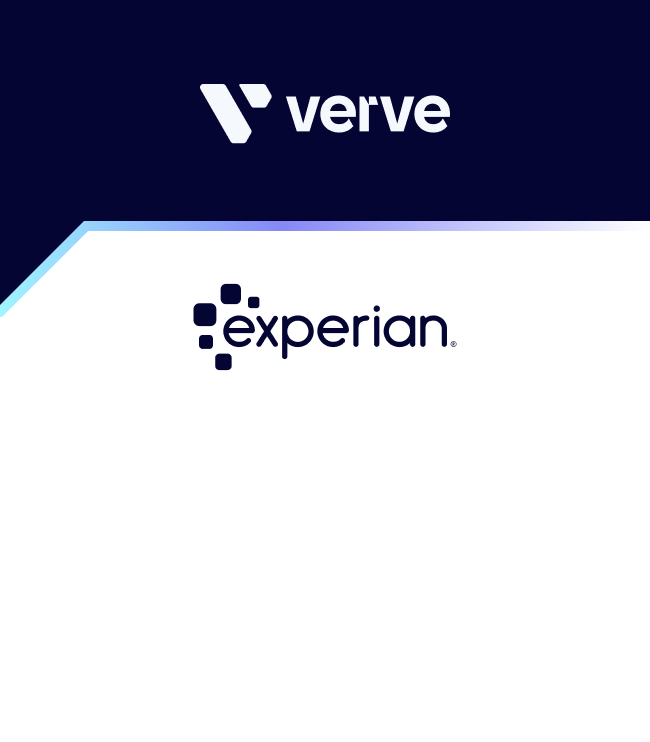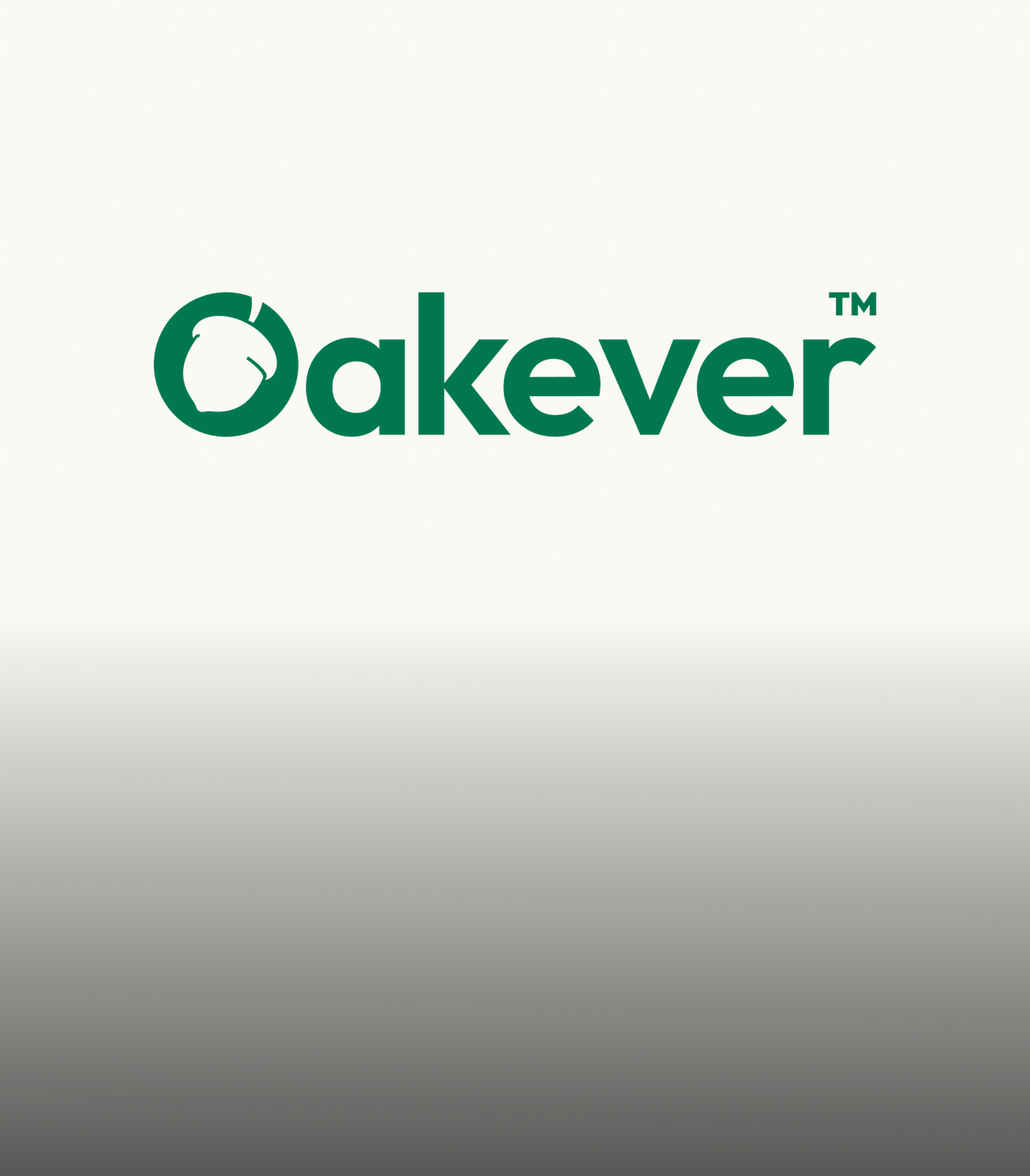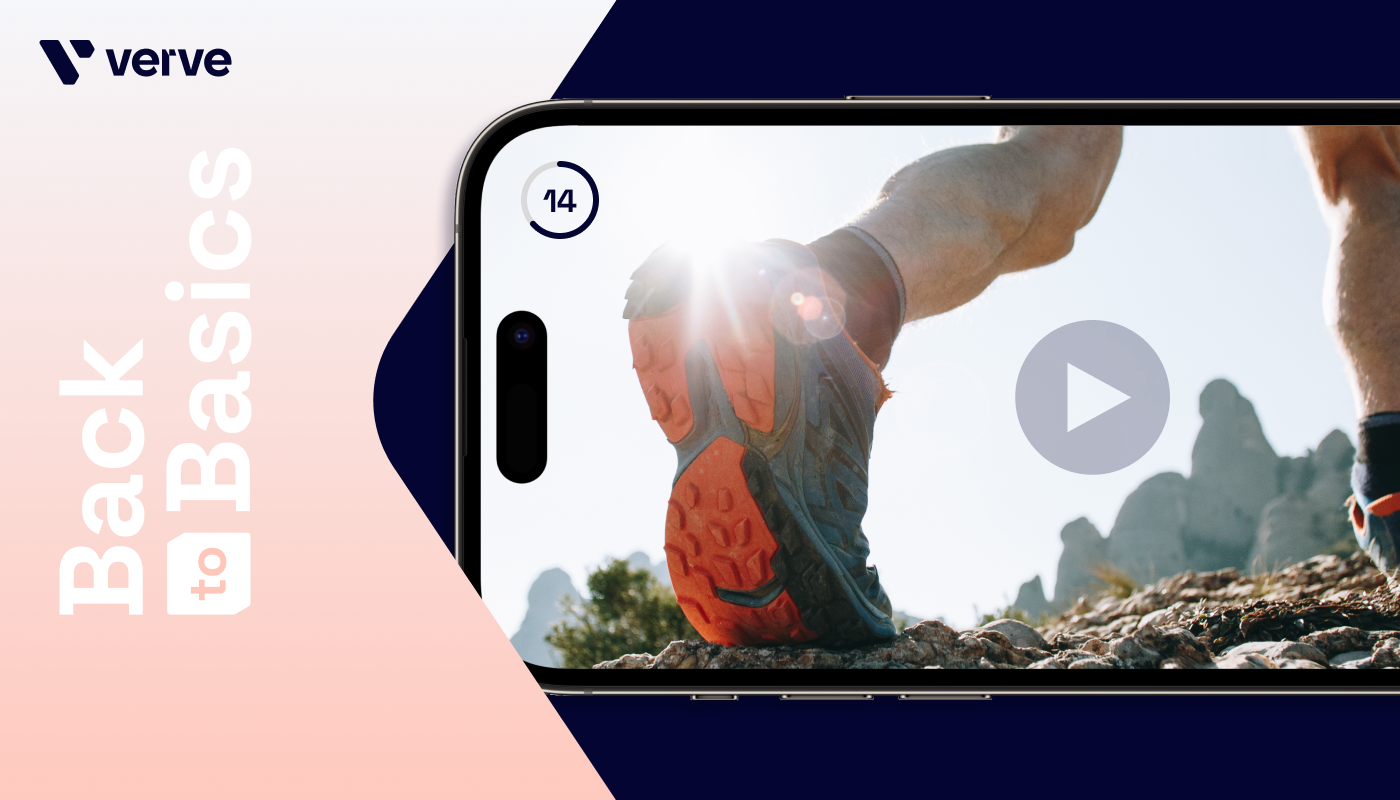Expert advice: Profit from data while respecting privacy
We surveyed 4,000 mobile users for the 2025 edition of our In-App User Privacy Report, and uncovered some eye-opening insights, including: People are more worried than ever about their privacy but are still willing to share their data (e.g., region, gender, age) as long as it doesn’t feel too personal. Three out of every four consumers say they’d rather watch an ad than pay for content. So ads definitely work. Surprisingly, it’s the 16-24 year olds who are most skeptical of in-app privacy. Their trust in privacy controls dropped by 13% compared to last year. This is the group you expect to be the most comfortable, digitally, and yet their skepticism shows they’re not so sure anymore. So how does our broader industry – brands, publishers, adtech partners – deal with these findings? How can we turn user data into dollars while still respecting user privacy? In our recent webinar with Business of Apps, our own Avi Edery asked three industry experts: Stephanie Pilon (Chief Marketing Officer at Singular), Davide Rosamilia (VP of Product at ID5), and Alex Yerukhimovich (Head of SDK at GeoEdge). And in a nutshell, they shared two overarching takeaways: (1) build trust with your users, and (2) be user-centric. Below, we break this down into actionable steps: 1. Build trust The best way to put users at ease with your ads and your brand is to build a relationship with trust at its core. This can’t happen overnight. It takes persistence and continuous education to make them understand how you use their data and what’s in it for them. Build trust through transparency Start with transparency. Users want to know: What first-party data you’re collecting How their data is going to be used What they’re getting in exchange for their data What data you’re sharing with third parties Be open and share this info with them. By making it clear you have nothing to hide, you’re putting their fears to rest about what happens to their personal information. Build trust through a value exchange Users are willing to share their data if the value they get in exchange is spelled out to them and they feel it’s worth it. The value exchange must be explicit: “If you share X, you get Y.” Also, give them reversible control. (e.g., “This is how to opt out.”) When users have more control over how their data is used, they will be more at ease. Build trust in stages Trust doesn’t come automatically. It’s built up incrementally, one action at a time. To do this, only ask for the minimum amount of data you need at the start. Don’t ask for everything on day one. “I don’t think enough apps do this right, but ask for the data further down the funnel. Don’t ask for it right away. You can make that part of the onboarding process. Doesn’t have to be day one, it can be day ten.” Stephanie Pilon, Chief Marketing Officer at Singular Next, explain how this data benefits the user: “We can give you more of what you like if you share more data.” Once they see the value they’re getting, they’ll be more willing to engage. 2. Be user-centric The second main strategy is to put the focus on the user. Build the kind of experience that you would want to get if you were in their place – the kind of experience that fosters long-term relationships. Don’t create experiences you’d hate if you were the user. Users want a good ad experience We know that ads work. Users are willing to see ads as long as they’re having a good ad experience. That means: Their time is being respected, not wasted. There is a relevant exchange of value. The experience is not creepy, big brother-type surveillance. (Remember those airline retargeting ads that show up and follow you around the internet right after you’ve just bought a plane ticket? They don’t want that.) Give them ads that are not terrible or plain deceptive (some gaming apps and shopping apps are notorious for this) and users will respond more positively. “If my app is stuffed with ads, one after the other, and I can’t enjoy the experience… at that point it‘s not really a value exchange, it just becomes torture and I end up not using the app at all.” Davide Rosamilia, VP of Product at ID5. Users will blame you for a bad experience For the user, there is no real difference between the ad experience and the entire user experience. If they see a lousy ad, they will blame you, not the advertiser! “If you make user trust your north star, you’ll realize that their ad experience is just an integral part of the overall user experience with your product… and you’re accountable for it.” Alex Yerukhimovich, Head of SDK at GeoEdge You must take ownership of the entire user experience. Make sure things work as intended. Don’t just use a checklist and call it a day; test the entire app and user experience yourself. See the ads firsthand. Find the faults and fix them. Listen to your users Users are vocal – particularly when they’re annoyed. They’ll tell you if your app is below par or if there are too many ads or if there are too many steps to register. Monitor social media and your app’s reviews in app stores. If you listen to what they want and act on their feedback, you’ll be a step ahead of your rivals. Strangely enough, the majority of apps never do this. Which means you instantly gain a competitive advantage by simply taking action based on user feedback! Balancing profit and privacy in adtech is doable As brands and publishers, the amount of first-party user data we have is staggering. And if we want to turn this data into dollars, we need to do a better job of allaying users’ fears regarding data privacy. The three industry experts at our webinar outlined how best to...









